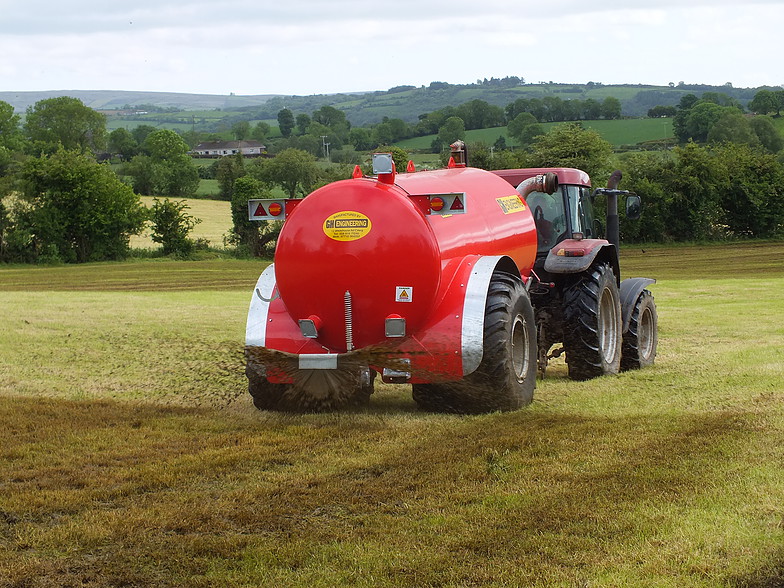For a long number of years, many farms will have spread their slurry using a tanker and splash-plate. This was often seen as a chore to relieve the pressure on storage in late winter or early spring.
However, due to knowledge built up through Teagasc research and the use of low emission slurry spreading (LESS) techniques by innovative farmers, this has begun to change.
Slurry is a valuable source of organic nitrogen (N), phosphorus (P) and potassium (K) and, if used wisely, can help reduce chemical fertiliser bills on farms. The typical value of 1,000 gallons has the equivalent content to a 50kg bag of 6-5-30, according to Teagasc.
Teagasc estimates that in the space of two years, Irish agriculture has gone from 2-3% of our national slurry application using LESS to over 10%. However, a further increase is needed to meet the recent climatise roadmap targets which set our usage of LESS at around 90% by 2027.
Also Read: Ag Climatise: Target of 90% of slurry to be spread by LESS technology by end of 2027LESS increases the N recovered from slurry
There is a significant loss of N when using a splash-plate. Slurry is spread over a large area which leads to bigger losses from the weather, wind and the sun.
Teagasc research has shown that by changing to LESS methods that the overall ammonia N losses can be reduced by up to 60%.
In terms of the fertiliser value compared to the traditional splash-plate based system, 1,000 gallons with LESS will give, on average, 50% extra N compared to a splash-plate.
Teagasc says that financially, the extra N alone is worth €5 per 1,000 gallons. So at 2,000 gallons per acre, this is equal to €10/ac just for the extra fertiliser before you include the savings on chemical fertiliser application.
Slurry applications on grazed pasture
The major advantage of LESS is there will be a lower level of contamination and faster recovery of grass/silage swards.
This offers farmers some flexibility around the application of slurry on grazing paddocks, without having to worry about possible rejection or poor cleanouts from the cows.
More accurate application
More accurate spreading of a home-sourced organic fertiliser may give farmers the confidence to replace expensive compound fertiliser.
Using LESS methods will allow you to make better use of slurry and decrease the environmental impacts.


